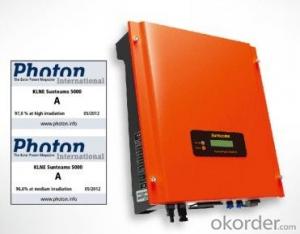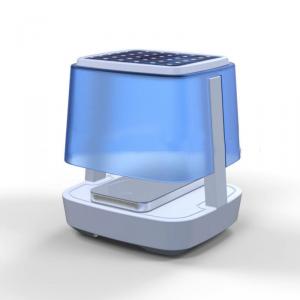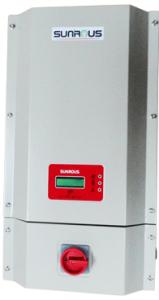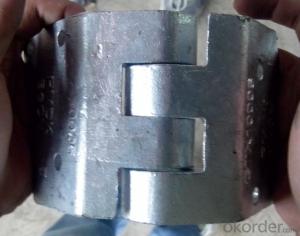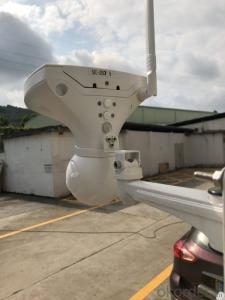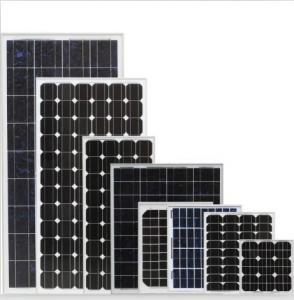Wifi For Solar Inverter
Wifi For Solar Inverter Related Searches
Wifi Device For Solar Inverter Wifi Module For Solar Inverter Connect Solar Inverter To Wifi Solar Inverter Wifi Connection Solar Wifi Inverter Wifi Solar Inverter Wifi Inverter Solar Wifi Dongle For Solar Inverter Solar Inverter Wifi Module Solar Edge Inverter Wifi Abb Solar Inverter Wifi Inverter For Solar Solar Charger For Inverter Solar Inverter For Home Inverter For Solar Battery Inverter For Home Solar Inverter With Solar Input Solar Battery For Inverter Inverter For Solar Power Plant Wall Mounted Solar Inverter Solar Energy Inverter For Home Install Solar Inverter Awning For Solar Inverter Mini Solar Inverter For Home Inverter For Solar Farm Solar Inverter For Laptop Inverter With Solar Charger Solar Power Inverter For Home Convert Inverter To Solar Home Power Inverter For SolarWifi For Solar Inverter Supplier & Manufacturer from China
Wifi For Solar Inverter is a cutting-edge product that integrates solar energy conversion with wireless connectivity. This innovative technology enables solar inverters to communicate with monitoring systems and smart devices, allowing for seamless control and optimization of solar power systems. The Wifi For Solar Inverter products are designed to enhance the efficiency and functionality of residential and commercial solar installations, providing users with real-time data and remote management capabilities.The Wifi For Solar Inverter is widely used in various applications, including residential rooftops, commercial buildings, and off-grid systems. It allows users to monitor their solar energy production, track energy consumption, and optimize system performance. This product is particularly useful for those who want to maximize their solar energy output and reduce their reliance on traditional energy sources. By providing remote access to solar inverter data, users can troubleshoot issues, schedule maintenance, and make informed decisions about their solar power systems.
Okorder.com is a leading wholesale supplier of Wifi For Solar Inverter products, boasting a large inventory and a commitment to customer satisfaction. They offer a wide range of Wifi For Solar Inverter models from reputable manufacturers, ensuring that customers have access to high-quality, reliable products. With their extensive selection and competitive pricing, Okorder.com is the ideal destination for those looking to invest in Wifi For Solar Inverter technology.
Hot Products

